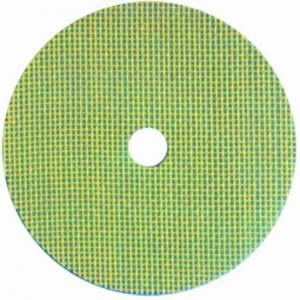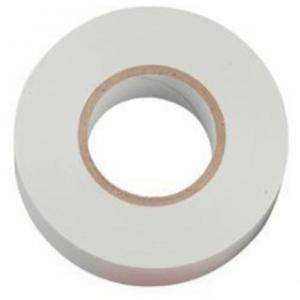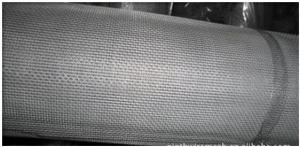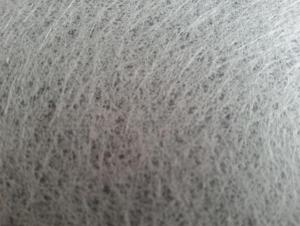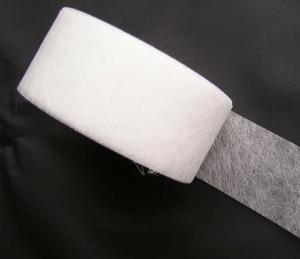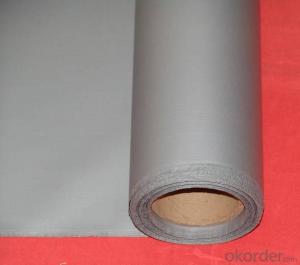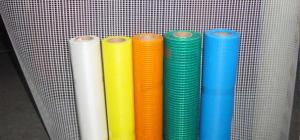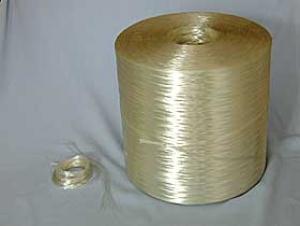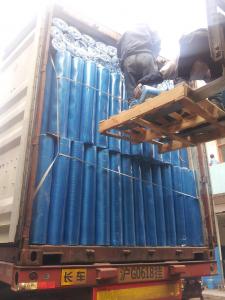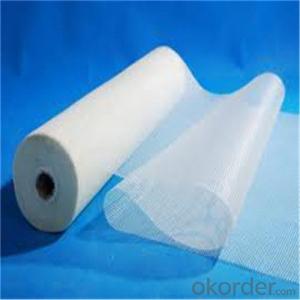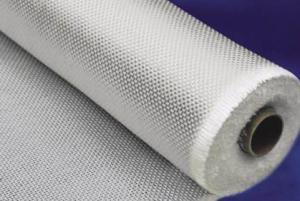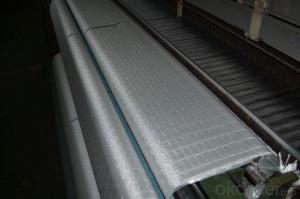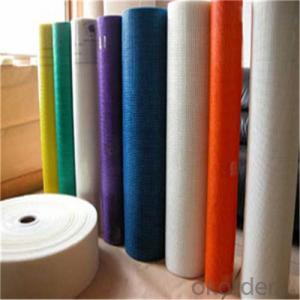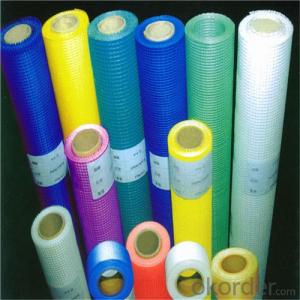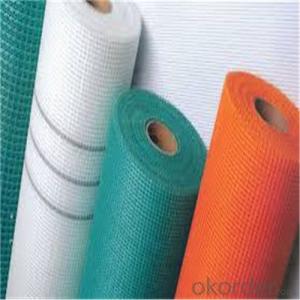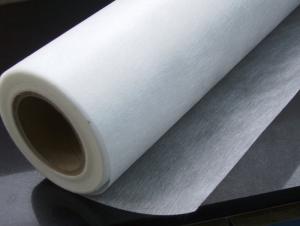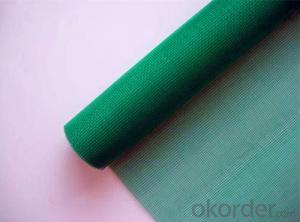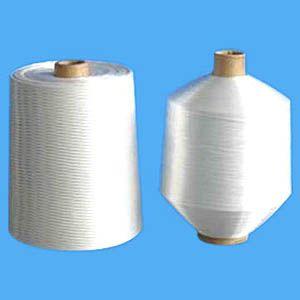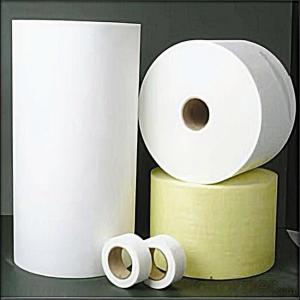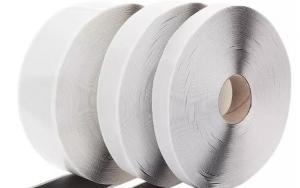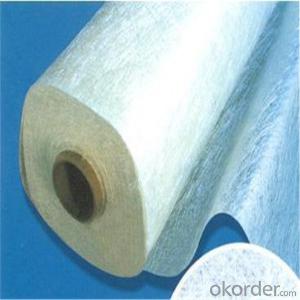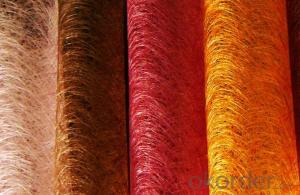S Glass Fiberglass
S Glass Fiberglass Related Searches
Car Fiberglass Resin Fiberglass Fiberglass Fabric Fibreglass Fabric Fiberglass Yarn Fiberglass Woven Woven Fibreglass Fiberglass Thermal Insulation Fibreglass Pipes Fiberglass French Doors Fiberglass Price Per Kg Fiberglass Roving Fiberglass Properties Fiberglass Resin Fibreglass Resin Fiberglass Woven Fabric Fiberglass Mesh Singapore Fiberglass Distributors Fibreglass Mesh Tape Chopped Fiberglass Fiber Glass Mat High Pressure Fiberglass Pipe Direct Roving Fiberglass Sto Fiberglass Mesh Fiberglass Drywall Glass Fiber Filler Surfboard Fiberglass Repair Fiberglass Roof Philippines Electrical Conductivity Of Fiberglass Fiberglass Patio RoofS Glass Fiberglass Supplier & Manufacturer from China
S Glass Fiberglass is a type of specialty glass fiber that is known for its high strength and excellent durability. It is widely recognized for its superior performance in various applications due to its unique properties, such as high tensile strength and resistance to chemical corrosion. This product is commonly used in industries like construction, aerospace, and automotive, where high-strength, lightweight materials are essential for performance and safety. Okorder.com is a leading wholesale supplier of S Glass Fiberglass, offering a vast inventory to cater to the diverse needs of customers across different sectors. With a commitment to quality and customer satisfaction, Okorder.com ensures that the S Glass Fiberglass products they provide meet the highest industry standards.Hot Products

